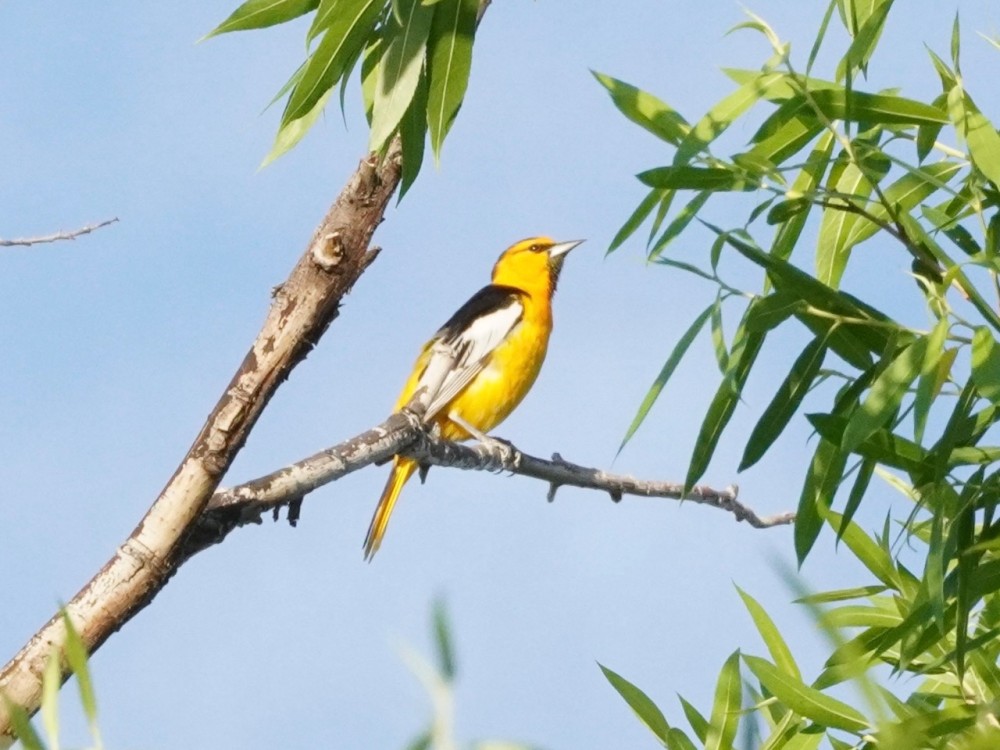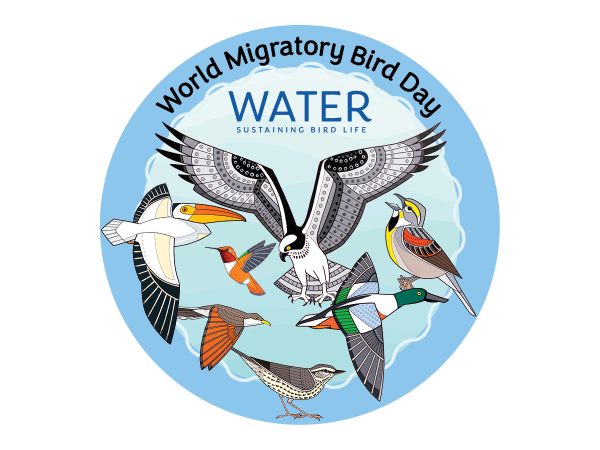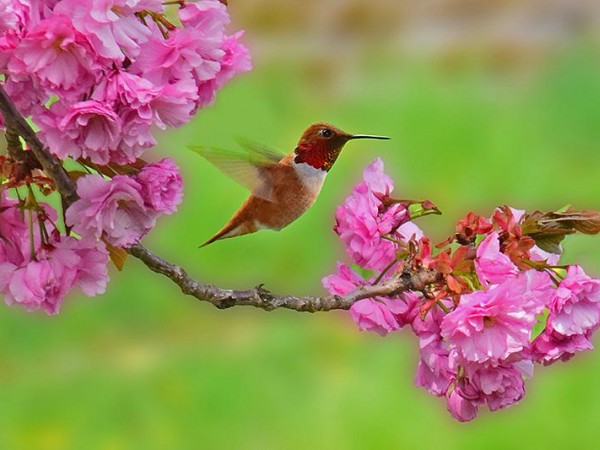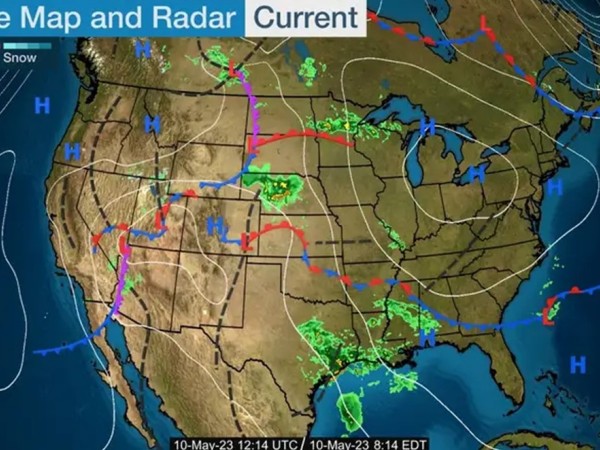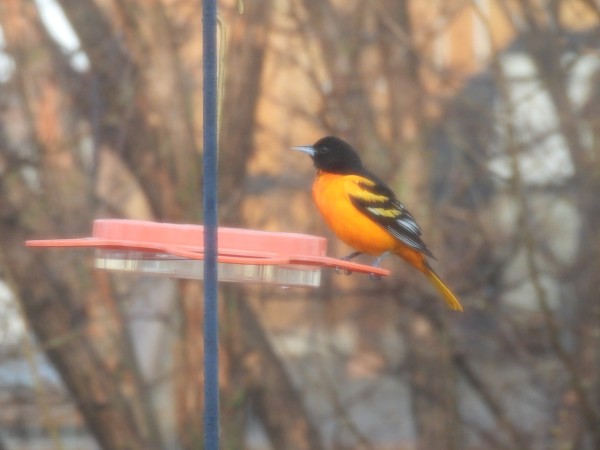Migratory Activity is High
Celebrate World Migratory Bird Day on Saturday, May 13
World Migratory Bird Day, a global campaign that aims to raise awareness of migratory birds and the need for international cooperation to conserve them, is this Saturday, May 13. The theme of this year's celebration is "Water: Sustaining Bird Life."
The vast majority of migratory birds rely on aquatic ecosystems during their life cycles for feeding, drinking, or nesting, and also as places to rest and refuel during their long journeys. Yet factors such as increasing human demand for water, climate change, and pollution are threatening these aquatic ecosystems and the birds that rely on them.
Journey North is proud to join with you, our volunteers, and many others who believe strongly that migratory birds connect us with their unique songs and flights, and remind us of the importance of working together, across borders, to protect them.
Join the global campaign by listening to — and watching birds — wherever you find yourself this weekend. And report your bird observations to Journey North as we work together to conserve and protect these species and the water and habitats upon which they rely.
Read more in the World Migratory Bird Day 2023 News Release»
Weather Forecasts for Migrating Songbirds
Migratory activity is high throughout North America. What species is Dr. David Aborn observing? And how is weather impacting migration? Dr. Aborn writes this week, "Well, there have been some big happenings over the past week. After being stagnant for so long because of persistent north winds, there were a few days of great migration weather and birds really moved."
Read more in Dr. David Aborn’s 2023 Weather Forecasts & Migrating Songbirds Report #6»
Journey North Species
Baltimore Oriole
Reports of Baltimore Orioles are coming in at a blistering pace. Over 800 reports have already been submitted through the first eleven days of May. This is three times more than all of the reports in April. Last spring followed a similar pattern. Explore our Oriole (1st Baltimore) map to compare trends year over year. Thus far, the northernmost report has come from latitude 52°N in Humboldt, Saskatchewan.
Diane in Albion, ME: "A little late this year but hungry and singing away. Welcome home buddy, call the family!!" (05/09/2023)
Laura in Kleefeld, MB: "Male Oriole spotted around 10 am, May 10th. Feeder was up for 4 days. Other locals had already reported sightings." (05/10/2023)
Bullock's Oriole
Out West, reports of Bullock's Oriole observations are beginning to pick up. Where are you seeing Bullock's Orioles? Please report them to Journey North!
Linda in Montrose, CO: "Just put out my jelly feeder and a female Bullocks Oriole arrived within 15 minutes!! They are back!" (05/03/2023)
Barn Swallow
Thus far, the northernmost reports of Barn Swallows also have come from Canada – in Manitoba and Saskatchewan – between latitudes 50-52°N.
Alicia in Stony Mountain, MB: "Saw the first pair of barn swallows. Male and female trying to build a nest in my garage." (05/06/2023)
Russell in Melfort, SK: "Pair building nest" (05/07/2023)
Common Loon
Reports of Common Loons in northern latitudes continue to rise as well.
Cindy in Dryden, ON: "Two loons in the evening, the ice in the bay is going fast around the edges but the main part of the lake is ice covered. Seeing many different types of waterfowl . Wabigoon Lake." (05/04/2023)
Red-Winged Blackbird
Red-winged Blackbirds are an adaptable species. From agricultural fields to urban environments, they thrive in a variety of settings. Where are you observing them?
Sharen in Rocky Ridge, OH: "Observed some around the Crane Creek Estuary" (04/27/2023)
Kristen in Nashville, NC: "Saw a pair of red winged blackbirds in front yard after earthworms (rained yesterday)" (05/01/2023)

